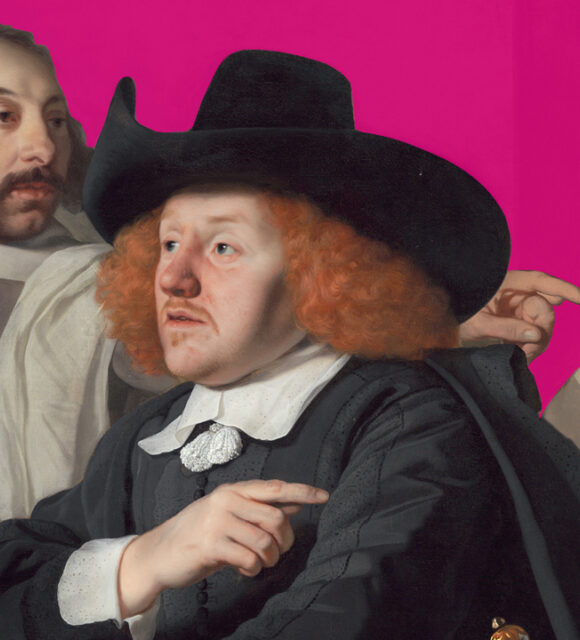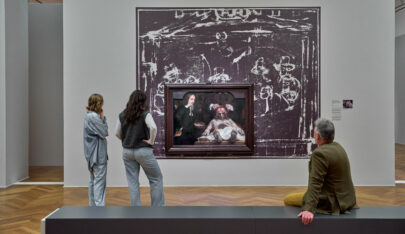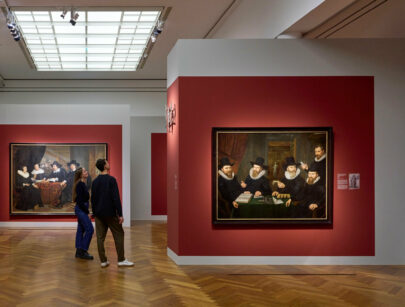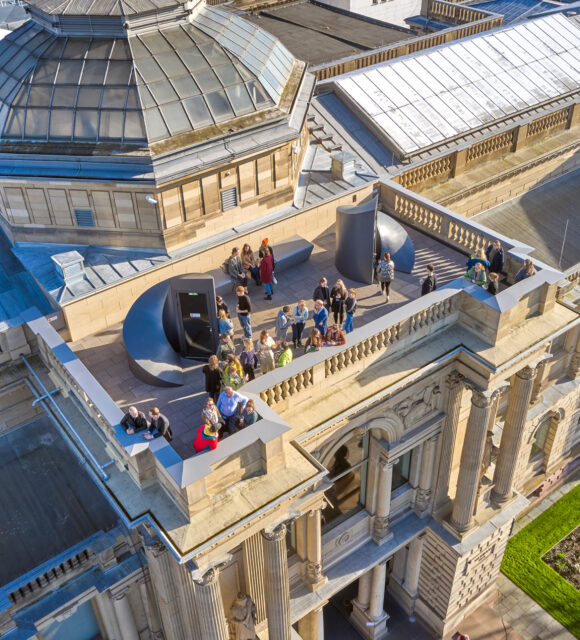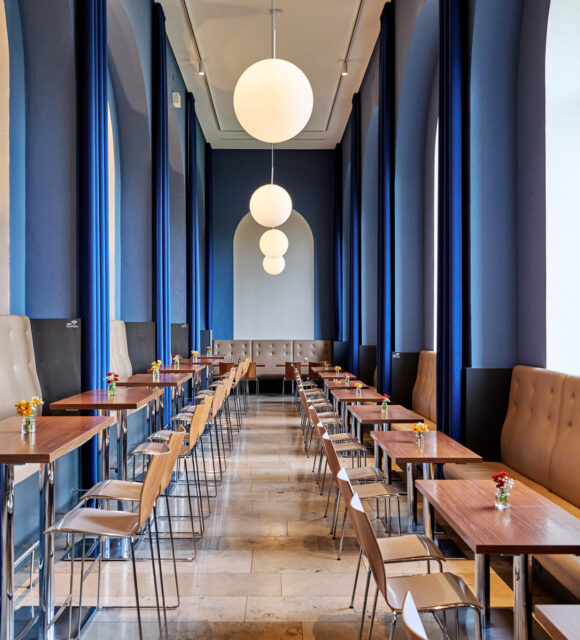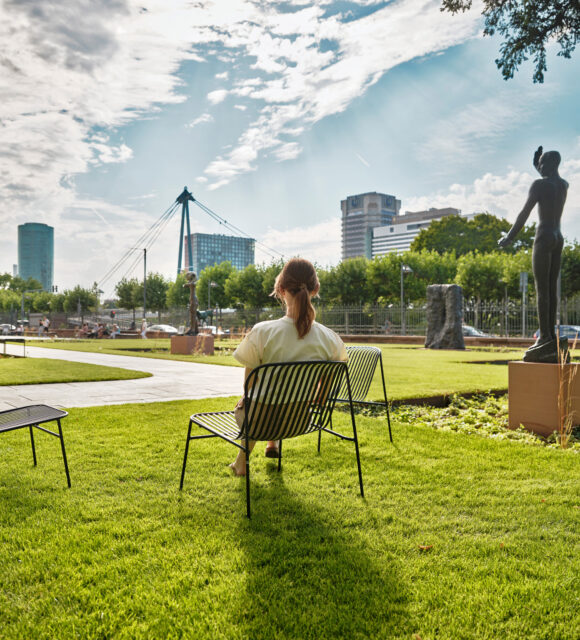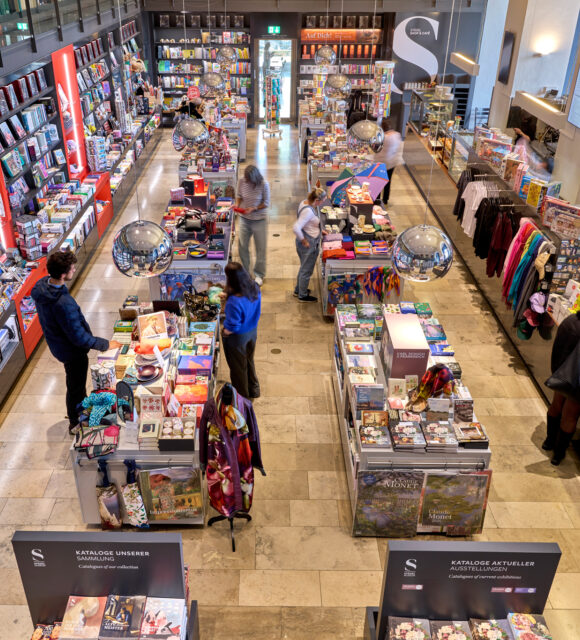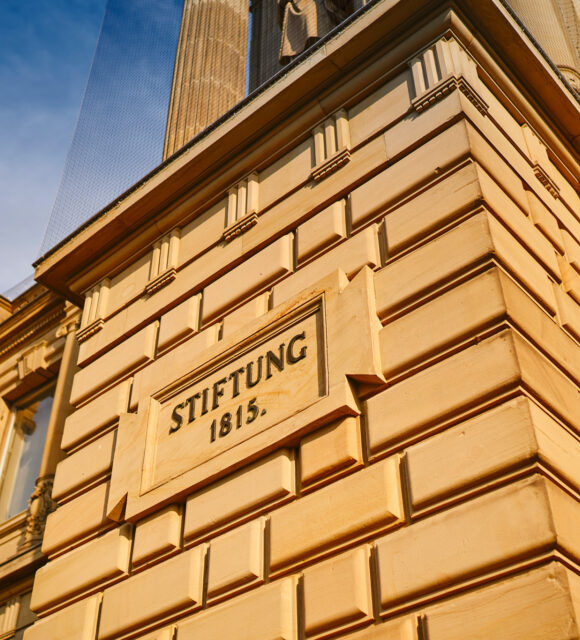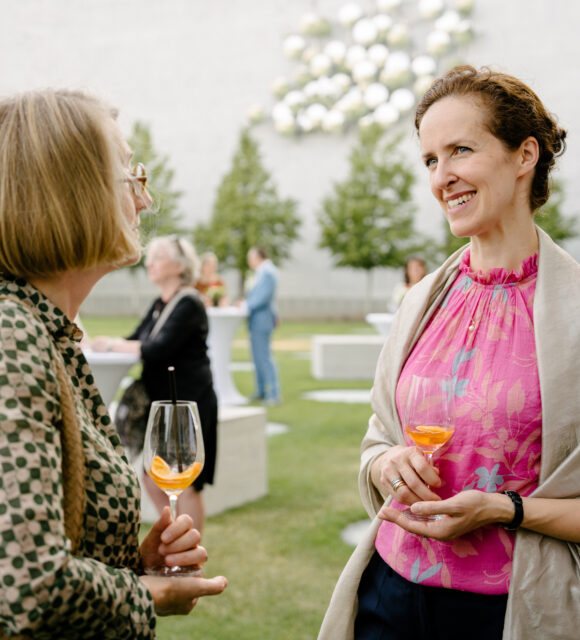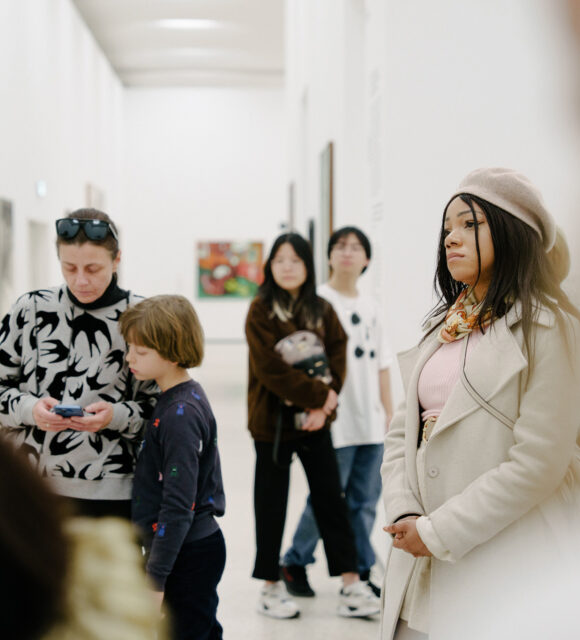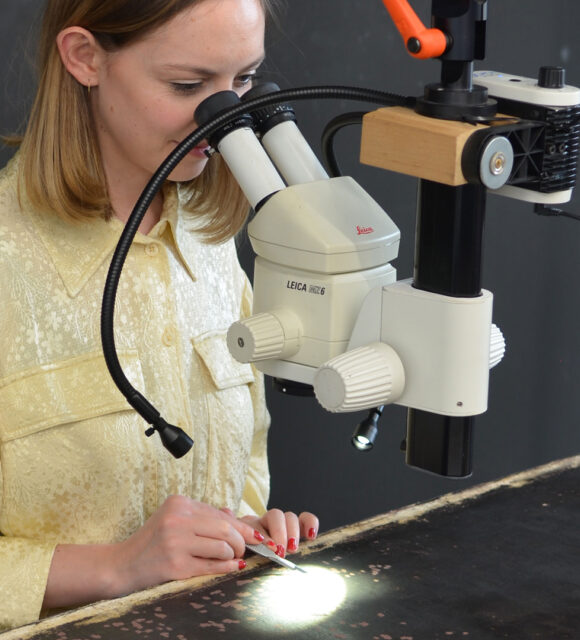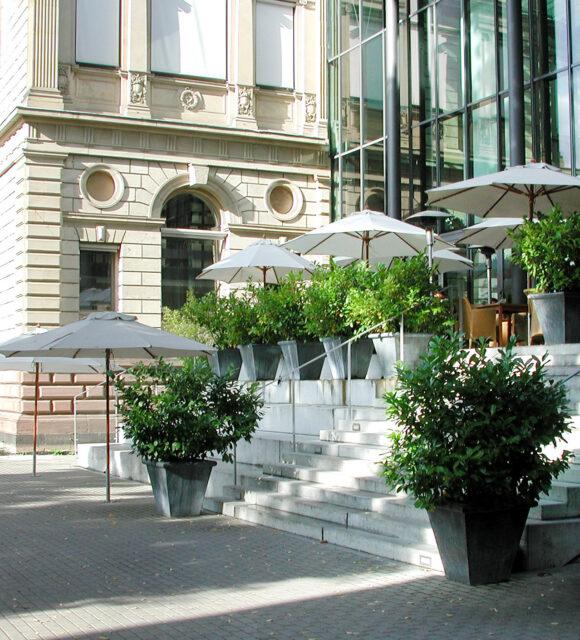
About the Exhibition
Amsterdam—one city with many faces. In the 17th century, Amsterdam was the metropolis in Europe. The economy and trade were booming, the population rapidly increased, and the arts and sciences flourished. An influential civic society shaped the city’s fortunes and glorified itself in splendid group portraits made by the greatest Dutch painters of the age, foremost among them Rembrandt, alongside Jacob Backer, Ferdinand Bol, Govert Flinck, Bartholomeus van der Helst, Nicolaes Eliasz. Pickenoy, and Jan Victors. But Amsterdam’s prosperity came at a price, rooted in colonialist trade policies and a strict social order. The Städel Museum looked back on a supposedly “Golden Age” and, in cooperation with the Amsterdam Museum, presented the portrait art of the Rembrandt period in a major exhibition.
The magnificent group portraits of the Amsterdam Museum were at the centre of the exhibition. These works are rarely lent out, and this was the first large-scale presentation of them in Germany. Around 100 paintings, sculptures and prints and cultural and historical artefacts from other prominent Dutch and international museums were on view in Frankfurt, including masterpieces from the Rijksmuseum in Amsterdam, the Metropolitan Museum of Art in New York, the Koninklijk Museum van Schone Kunsten in Antwerp and the Muzeum Narodowe in Warsaw. The exhibition also featured remarkable works by Rembrandt and his contemporaries from the Städel Museum’s own collection.
Curator Städel Museum
Prof Dr Jochen Sander (Deputy Director and Head of the Collection of Dutch, Flemish and German painting before 1800, Städel Museum)
Project Management
Corinna Gannon (Assistant curator, Dutch, Flemish and German painting before 1800, Städel Museum)
Film
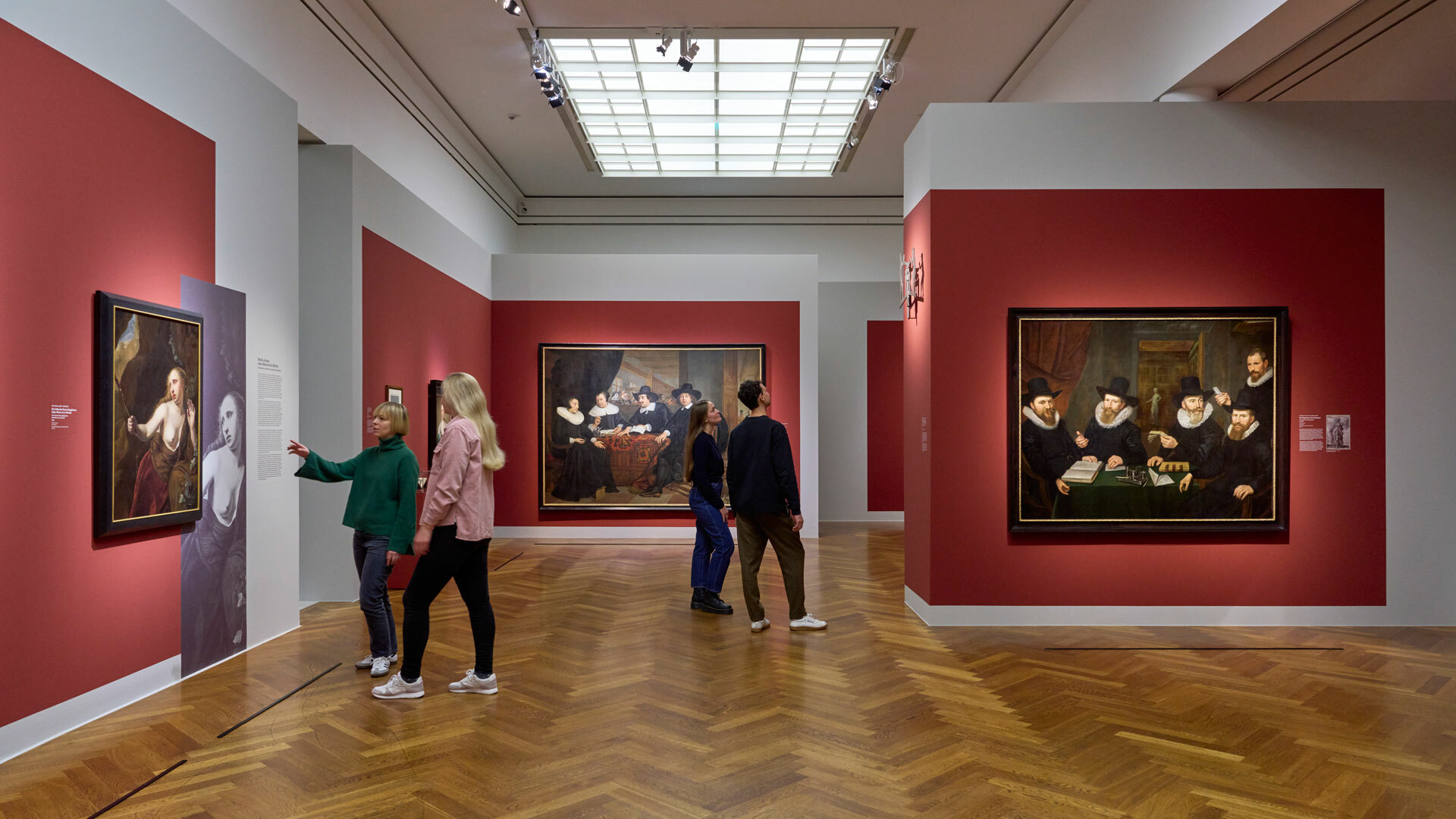
Digitorial®
STÄDEL STORIES
on the Exhibition
Sponsors & Patrons
Sponsored by
ING Deutschland, Städelscher Museums-Verein e.V., Dagmar-Westberg-Stiftung, Fontana Stiftung
With additional support from
Ernst von Siemens Kunststiftung
The Digitorial® accompanying the exhibition was sponsored by
Deutsche Börse
Media Partner
Süddeutsche Zeitung, ARTE, Verkehrsgesellschaft Frankfurt am Main
Culture Partner
hr2-kultur
Around the Museum
Support Your
Städel Museum Now
Get involved by making a donation to your favorite cause or by providing general support. Your contribution—whether large or small—is a valuable gift for the future of the museum.



